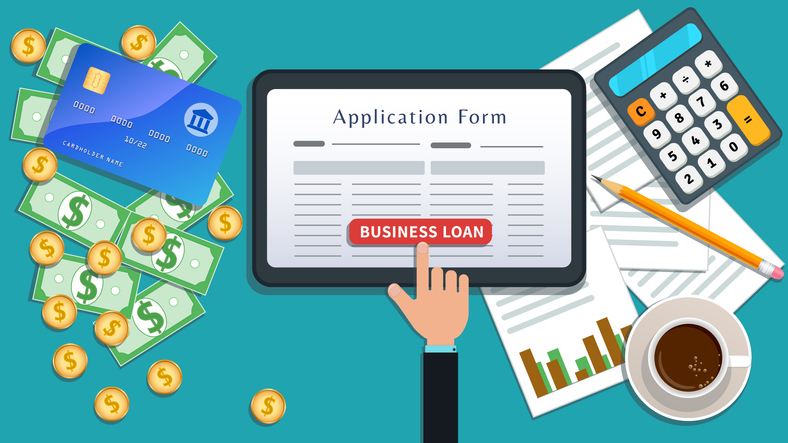As debt-ceiling talks stall, causing uncertainty in traditional financial markets, alternative lenders are stepping up to fill the gap, particularly for small business owners. Here’s a look at how they are doing it:
- Leveraging Fintech Solutions: In these times of uncertainty, many alternative lending companies are leveraging financial technology (fintech) solutions to make lending easier and more accessible. These technologies can streamline the lending process, providing quick and easy access to capital for small businesses.
- Expanding Loan Offerings: Some alternative lenders are expanding their loan offerings to better serve small businesses. This could mean providing different types of loans, such as merchant cash advances or invoice financing, that are tailored to the unique needs of small businesses.
- Flexible Lending Criteria: Traditional lenders often have strict lending criteria that small businesses might struggle to meet. Alternative lenders, on the other hand, typically have more flexible criteria, making it easier for small businesses to qualify for loans.
- Fast Loan Approval: Small businesses often need funding quickly, particularly in uncertain economic times. Alternative lenders can typically approve loans much faster than traditional banks, sometimes in as little as 24 hours.
- Risk Assessment Models: Some alternative lenders use innovative risk assessment models that can evaluate the creditworthiness of small businesses in ways that traditional models might not. For example, they might consider real-time cash flow data instead of just looking at credit scores.
By taking these steps, alternative lenders are not only helping small businesses navigate financial uncertainty, but they are also positioning themselves as an important source of financing when traditional avenues are stalled or inaccessible. It will be interesting to see how these developments affect the alternative lending landscape in the long term.

